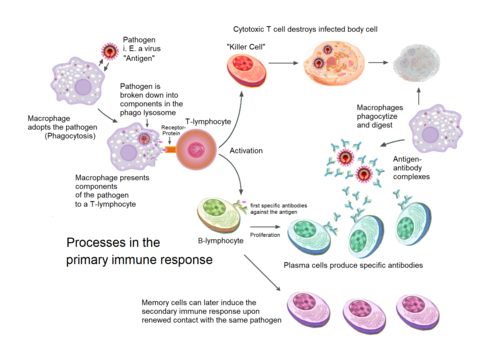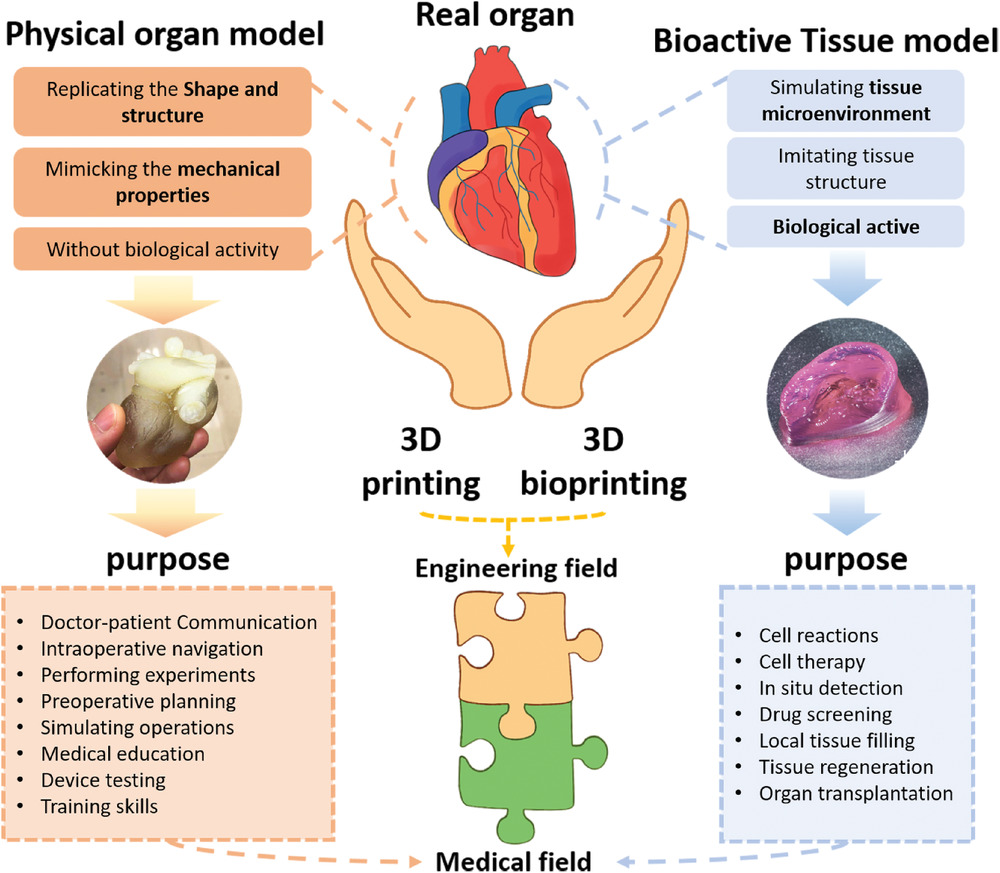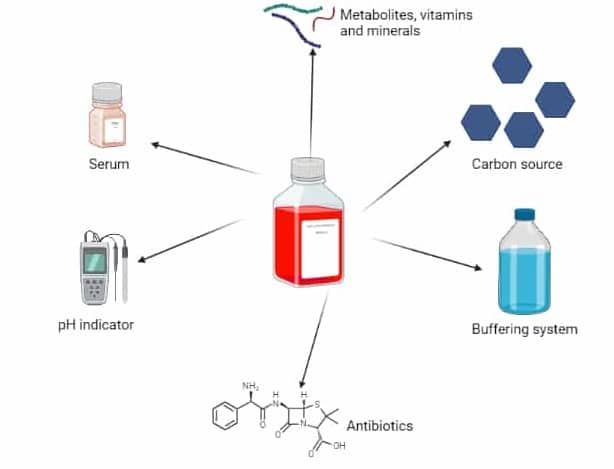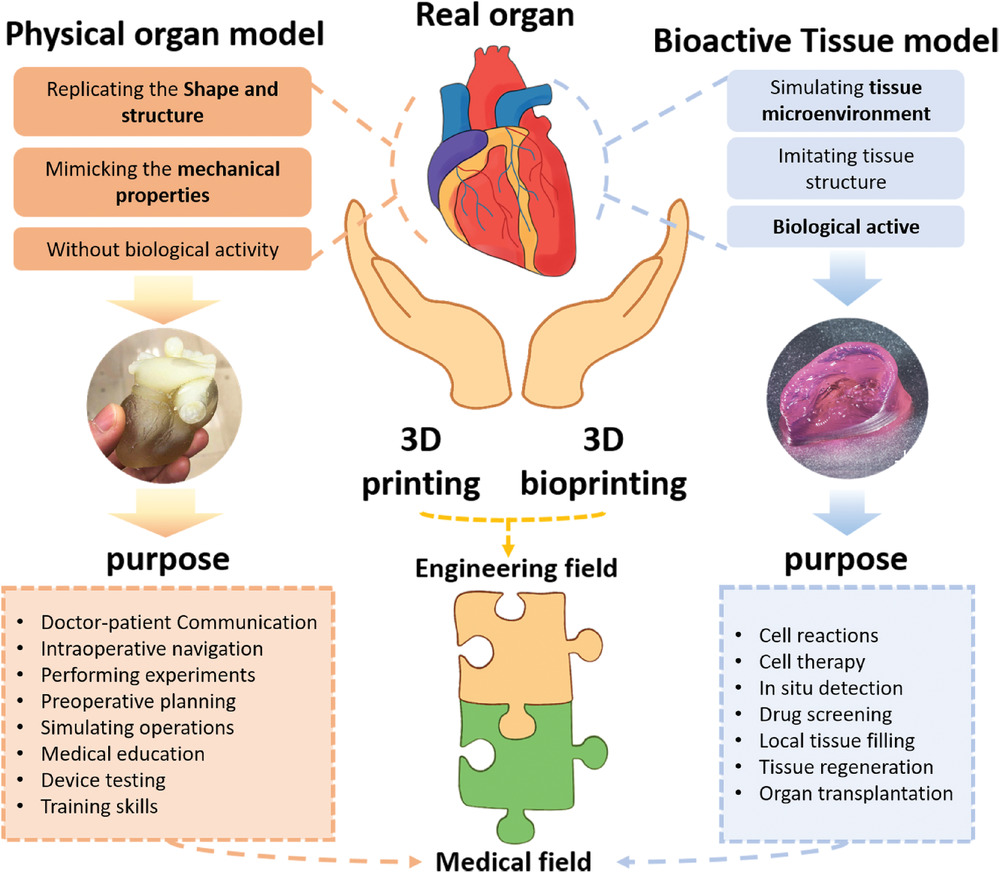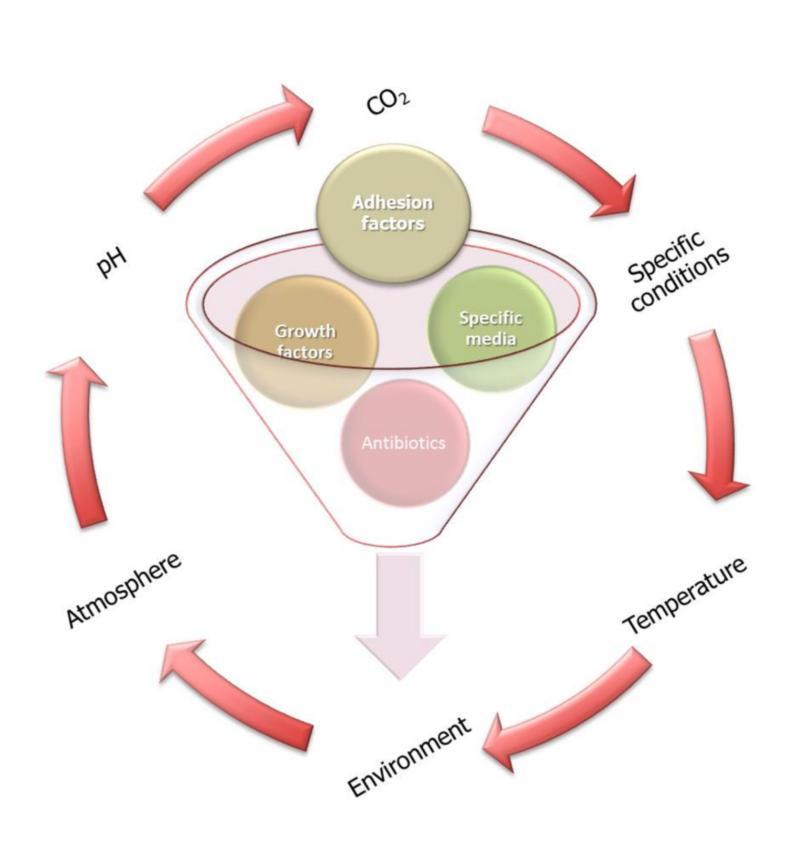An introduction to the human immune system
The immune system is a host defense system and comprises many biological elements ranging from white blood cells to entire organs and many complex biological processes. The function of the immune system is to protect the host from pathogens and
How does your immune system protect you?
The immune system has a vital role in defending the body from harmful substances, germs, and thus infections. It is made up of a complex network of cells, chemicals, tissues, and organs that recognize invaders and mount an immune response
An insight into applications and future perspectives of 3D bioprinting
Traditional tissue engineering methods showed limited success in the fabrication of complex 3D shapes resulting in non-feasible clinical applications. Over the past decade, 3D bioprinting technology emerged as a powerful tool in the field of tissue engineering to fabricate personalized
What are the types of 3D bioprinting technologies?
Three-dimensional (3D) bioprinting uses 3D printing–like techniques to combine cells, growth factors, and other biomaterials to fabricate biomedical structures to imitate natural tissue characteristics. 3D bioprinting uses a layer-by-layer method to deposit bioinks to create tissue-like structures that are later
What is 3D bioprinting and how does it work?
3D bioprinting or bioprinting is an additive manufacturing process that uses organic and biological materials such as living cells and nutrients as bioinks to combine and create artificial structures that imitate natural human tissues. Charles Hull was the first one
All you need to know about cell culture media
Cell culture is an indispensable tool for the investigation of basic scientific research questions. To grow and maintain cells, cell culture media and supplements critical for their support are very important. Essential cell culture media components include carbohydrates, amino acids,
A Living Breathing Human Lung On A Microchip
Modern drug discovery processes have encountered major setbacks over the past decades, despite technological advances in analytical tools and the development of research model. This is primarily due to the lack of predictive models that reliably mimic the complex structure
Spheroids and Organoids on organ-on-chip platform
In the recent decades, 3D bioprinting methods have been widely used in tissue engineering and regenerative medicine. Additionally, these techniques have also emerged as a novel approach in the development of in vivo-like 3D cell culture models (1-3). Advantages of 3D
Cell culture growth media: History and the transition from natural to synthetic media
Cell culture or tissue culture is one of the techniques that are mostly used in life sciences in which cells are grown under controlled conditions, outside their natural environment. The cells or tissues, are removed from their original sources and
How to know which cell culture media is right for you
Growth media remains a key component of 3D cell culture experiments ensuring cells can thrive outside their natural environment. The continuous development and optimization of cell culture media provide new insights into the association between cells and cell culture media


